


CHRISTOPH WILLIBALD VON GLUCK 1714 -
In his Orpheus and Eurydice, produced in 1762, the German composer Christoph Willibald von Gluck broke away from the rigid, restricted style of the traditional Italian opera. Instead of simply providing a convenient setting for a string of arias for single voices, he used the opera’s music to express and heighten the plot’s emotional content. He followed this work with a number of similar musical dramas, and by his last composition in 1779, Iphigenia in Tauris, had firmly laid the foundation of this operatic reformation. In addition, he also gave the overture a greater part to play, including within it musical themes from the opera itself. These reforms were soon adopted and brilliantly developed by Mozart and Beethoven, and by later composers such as Rossini, Wagner and Berlioz.
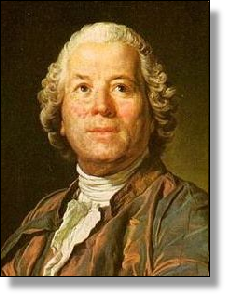 xxxxxThe German composer Christoph Willibald von Gluck played a major part in the development of opera as a separate musical form of expression. He was born in Erasbach, Bavaria, the son of a gamekeeper, and, from an early age, he showed a remarkable interest and talent in music. He studied at the Jesuit seminary at Komotau, and then went to Prague, where he learnt to sing and play the violin, cello and organ. This procured him a job as a court musician in Milan, and it was here that he produced his first opera, Artaserse. Staged in Milan’s Teatro Ducal in 1741, it was very much in the conventional Italian mould, providing little more than a string of arias for single voices whereby up-
xxxxxThe German composer Christoph Willibald von Gluck played a major part in the development of opera as a separate musical form of expression. He was born in Erasbach, Bavaria, the son of a gamekeeper, and, from an early age, he showed a remarkable interest and talent in music. He studied at the Jesuit seminary at Komotau, and then went to Prague, where he learnt to sing and play the violin, cello and organ. This procured him a job as a court musician in Milan, and it was here that he produced his first opera, Artaserse. Staged in Milan’s Teatro Ducal in 1741, it was very much in the conventional Italian mould, providing little more than a string of arias for single voices whereby up-
xxxxxOver the next nine years he travelled across Europe, producing some 16 operas in the Italian tradition, including Sofonisba in 1744, and Artamene two years later. During this period he visited Paris -
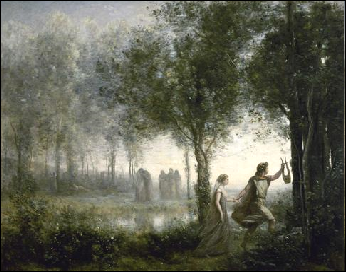 xxxxxHe eventually returned and settled in Vienna in 1750. Here he married into money and, four years later, became kapellmeister to Maria Theresa, arch-
xxxxxHe eventually returned and settled in Vienna in 1750. Here he married into money and, four years later, became kapellmeister to Maria Theresa, arch-
xxxxxGluck, along with a number of other composers, had long been growing dissatisfied with the artificial and mechanical format of current Italian opera, used primarily as a means of giving accomplished singers the opportunity to show off their individual skills. He became anxious to restore opera to its original, dramatic purpose, whereby music was used to express and, indeed, heighten the plot’s emotional content. Thextrue function of operatic music, he argued, was to serve poetry. His opportunity to challenge the old order of things by introducing a new, reformed style came about around 1760 when he became acquainted with the Italian poet Ranieri di Calzabigi (1714-
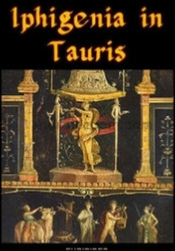 xxxxxThe result was Orpheus and Eurydice, a story from Greek mythology in which the words and the music combined together to make the most of the grandeur and drama of the piece. Shown in Vienna, it proved a great success, but in Paris it met with a deal of opposition and this eventually sparked off a bitter row over the future of opera between Gluck’s French style, and that of his Italian rival, Niccolò Piccinni (1728-
xxxxxThe result was Orpheus and Eurydice, a story from Greek mythology in which the words and the music combined together to make the most of the grandeur and drama of the piece. Shown in Vienna, it proved a great success, but in Paris it met with a deal of opposition and this eventually sparked off a bitter row over the future of opera between Gluck’s French style, and that of his Italian rival, Niccolò Piccinni (1728-
xxxxxAnd alongside Gluck’s musical reforms on stage went the development of the overture, until then making little or no contribution to the opera that followed. He was one of the first, together with the two other members of the Viennese classical school, Mozart and Beethoven, to incorporate in his overtures music that was to feature as the drama itself unfolded -
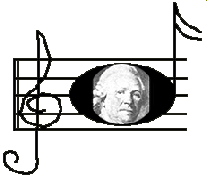
XxxxxGluck’s reforms brought sweeping and lasting changes in the art of opera making, turning it into a true musical drama, and paving the way in this genre for the highly developed works of northern composers like Wolfgang Amadeus Mozart, Ludwig van Beethoven and Richard Wagner. And the French composer Hector Berlioz was also inspired by the quality of his musical dramas. In total Gluck produced no less than 29 Italian and 12 French operas, his last work being Iphigenia in Tauris in 1779, the test piece which confirmed that opera had truly come of age. He died of a stroke eight years later.
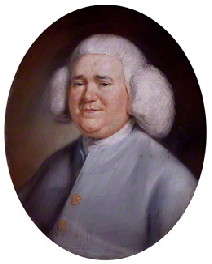
xxxxxIt was in the 1760s that the talented English composer and organist, William Boyce (1710-
xxxxxBoyce was born in London, the son of a cabinet maker, and sung in the choir at St. Paul’s Cathedral from the age of 12. When his voice broke he studied music under Maurice Greene, and then began his musical career as organist at the Oxford Chapel in Cavendish Square, London. Other appointments followed, including composer to the Chapel Royal -
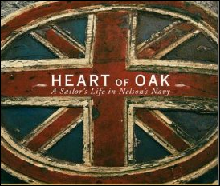 xxxxxBoyce wrote a great deal of church music, as was to be expected, and his anthems in particular have stood the test of time, but he also composed twelve sonatas, eight symphonies and a number of songs, including the patriotic ballad Heart of Oak, written for the pantomime Harlequin’s Invasion in 1759. His chamber music included a set of twelve trio-
xxxxxBoyce wrote a great deal of church music, as was to be expected, and his anthems in particular have stood the test of time, but he also composed twelve sonatas, eight symphonies and a number of songs, including the patriotic ballad Heart of Oak, written for the pantomime Harlequin’s Invasion in 1759. His chamber music included a set of twelve trio-
xxxxxToday he is regarded as one of the most important English composers of the 18th century. The Methodist preacher Charles Wesley described him as the most modest man of men, and the music critic Charles Burney commented some years later that he had never known a composer whom he had loved, honoured and respected more.
Acknowledgements
Gluck: detail, by the French painter Joseph Duplessis (1725-
G3a-
Including:
William Boyce



